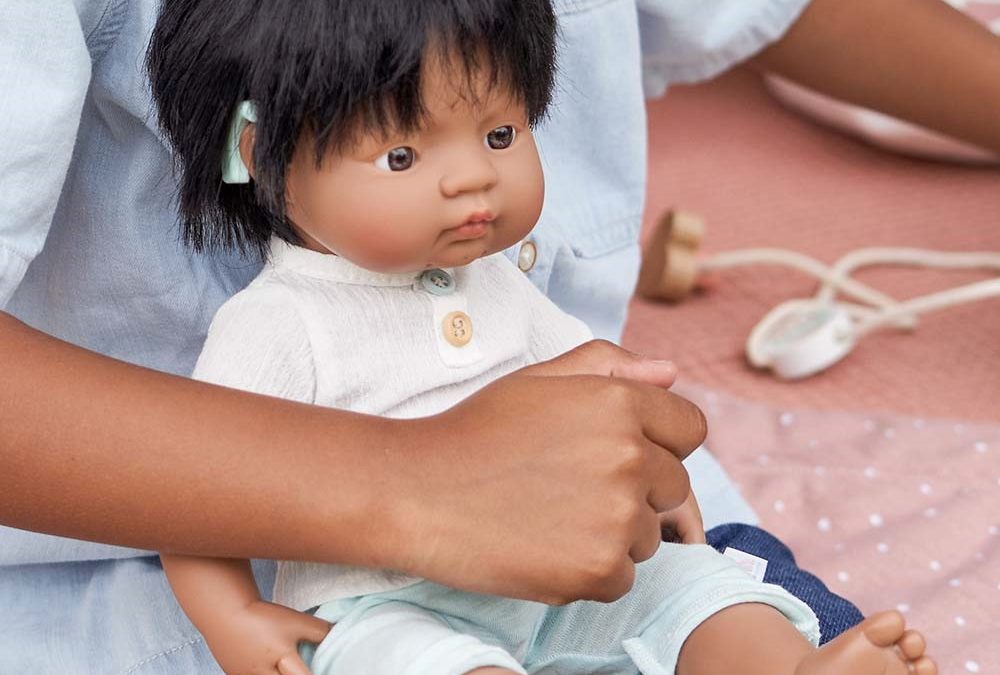Some of the most notable and impactful people of our generation were deaf or hard of hearing.
Helen Keller. Phyllis Frelich. Douglas Tilden. Marlee Matlin.
Remarkable human beings who didn’t allow their hearing loss to impede their lives in any way. They pushed forward.
One of the most well known stories of the deaf community, particularly in the education space, is Helen Keller. Not only was Helen born deaf, she was also blind, and with the help of her devoted and relentlessly committed teacher Anne Sullivan, Helen was able to communicate through finger spelling, in which she spelled letters by touching another person’s palm. Through her teachings, Helen went on to become a disability rights advocate who spent her life proving to the world that through the right support, any student can learn.
Stories like Helen’s offer children a real life example of the incredible things human beings can do, if they are supported and accepted. And it all starts right in your classroom.
Through simple actions, you can encourage your students to support children who are deaf or hard of hearing, and equip them with valuable skills they will use for the rest of their lives.
Classroom Layout: Kids with hearing loss may need to sit up closer to the front in order to read your lips. Another option is to arrange chairs in your classroom in a U-shape pattern or circle so that students with hearing loss can better interact with their other classmates and feel included.
Visual Aids: Use lots of pictures, graphics, and visual aids to support your lessons. Many students with hearing trouble are very visual learners. You can also include various toys & games to help communicate your lesson. For example, using a set like Miniland’s Send a Message game can help your hard of hearing student strengthen their communication skills as each set contains pegs with 105 pictures to piece together to form a sentence.

Toys: Ensure there are plenty of diverse toys available for your students to interact with. Miniland’s dolls with Hearing Implants further focus on accepting those that may look different than we do, as they have prominent hearing implants on the side of their heads. Doll play has always proven to be a strong educational tool to help solidify important lessons of acceptance and empathy.

Simple Sign Language: Help teach them some simple sign language phrases to help communicate with their classmates. Easy phrases like “Good morning” “how are you?” “My name is ____” can help those hard of hearing students feel included in every day conversations with their classmates, and can also help hearing students feel accomplished for learning ASL. A great YouTube channel to follow is TakeLessons where you and your students can learn step by step ways to sign popular phrases like “What’s up?”, sure to be a class favorite.

Photo credit: Seen to be Heard Ltd, UK
These simple actions will not only support your hard of hearing students but also those who have no hearing loss. The more you make inclusion an every day action, the more natural it will become for your students to accept those around them.



